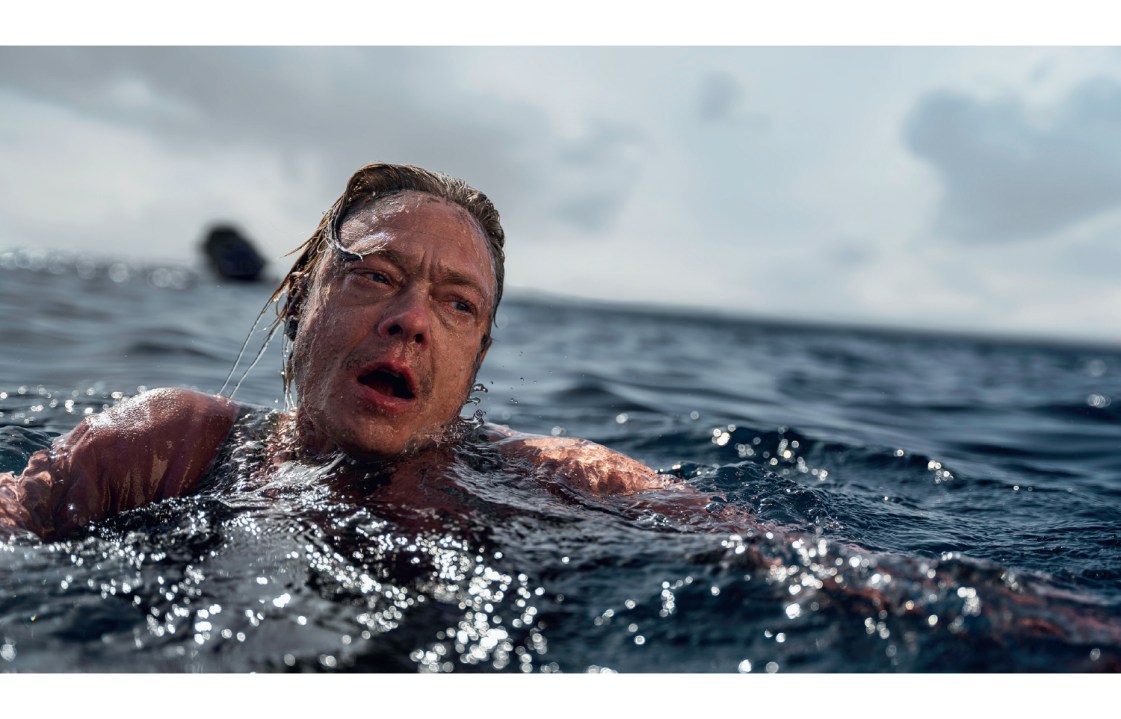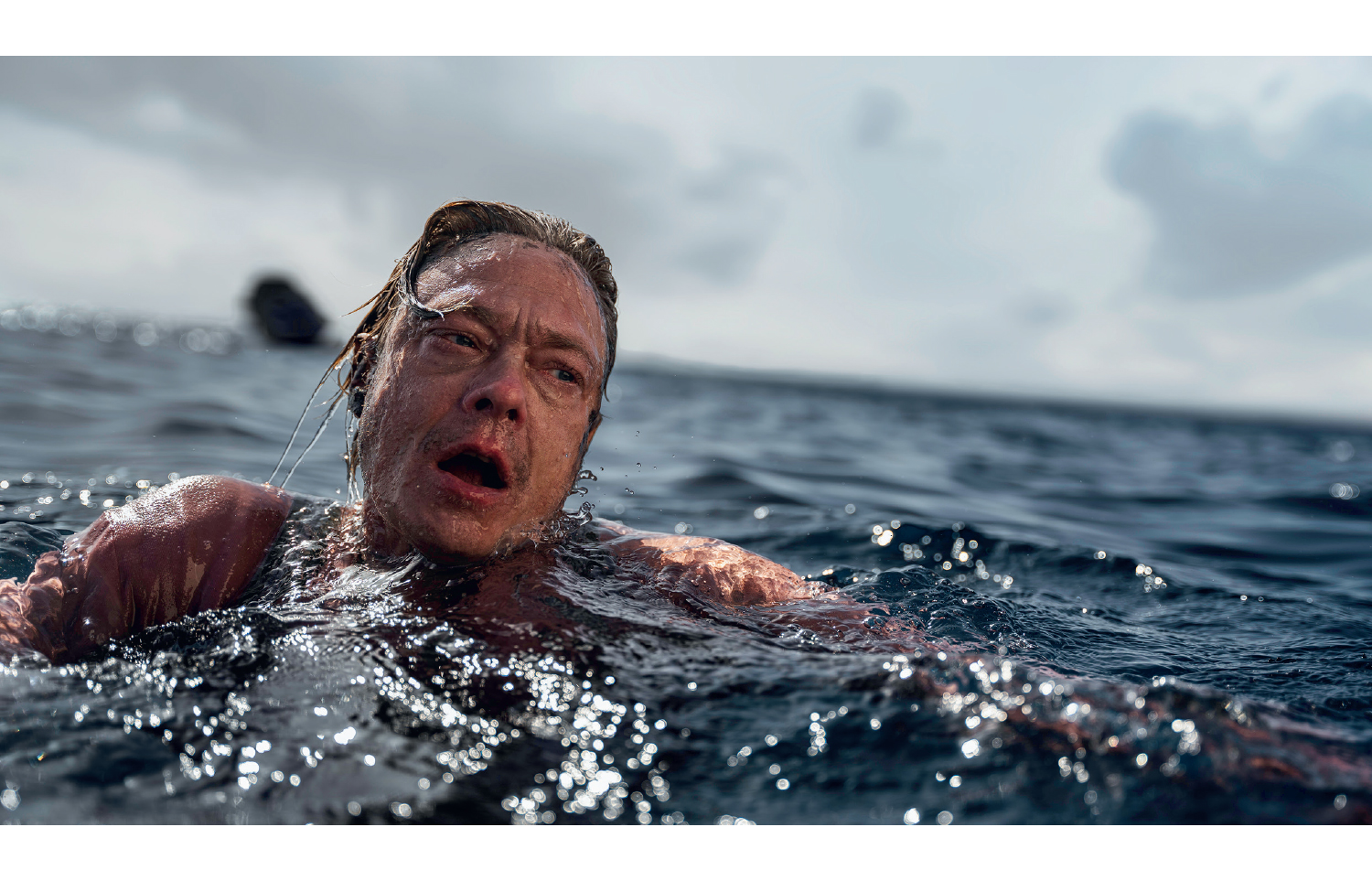War Sailor (Krigsseileren), a three-part drama on Netflix about the Norwegian merchant navy in the second world war, is one of the best things you’ll see on TV this year. But I doubt many other critics are going to rave about it or even notice it, for some of the very same reasons that I think make it so cherishable: it’s meandering, episodic, understated and made in Norway, with subtitles.
Originally released last year as a feature film for the international category of the Oscars (where it was overshadowed by the more in-your-face All Quiet On the Western Front), War Sailor is the most expensive Norwegian movie ever made. But there’s nothing showy or obviously big budget about it. A lot of the money, I imagine, went on filming it out at sea (rather than in studio tanks), and on scenes like the gloriously realised U-boat looming over the torpedoed mariners in episode two. The general feeling, though, is much more intimate and claustrophobic. It reminds me a bit of one of my all-time favourite war dramas, Das Boot.
This three-part Norwegian drama is one of the best things you’ll see on TV this year
Our heroes are lifelong friends, Alfred (Kristoffer Joner) and Sigbjorn (Pal Sverre Hagen), Bergen dockworkers who in 1939 enlist in the crew of a cargo ship bound for New York. Alfred is reluctant to leave his wife Cecilia (Ine Marie Wilmann) and three children for an 18-month voyage, but they desperately need the money. And anyway, Sigbjorn has promised the distraught daughter Maggie (Henrikke Lund-Olsen) that he will bring Dad home at whatever cost.
But of course war intervenes, all merchant vessels are commandeered by the Allies and Bergen is occupied by the Germans. Alfred and Sigbjorn are sucked into the escalating horror, depicted in a series of almost hallucinogenic vignettes: drowning mariners pleading for help as the vessel speeds cruelly past because the convoy cannot stop to pick them up; a crowded cellar in Malta, sheltering from another air raid; a dockside in New York patrolled by MPs whose job is to frustrate merchant crews’ understandable urge to jump ship, especially when they’ve heard that their next port of call is the suicide destination of Murmansk.
The dialogue is terse, sparse, which means you can concentrate on the visual detail – both epic and intimate – superbly evoked by director Gunnar Vikene.










Comments
Join the debate for just £1 a month
Be part of the conversation with other Spectator readers by getting your first three months for £3.
UNLOCK ACCESS Just £1 a monthAlready a subscriber? Log in